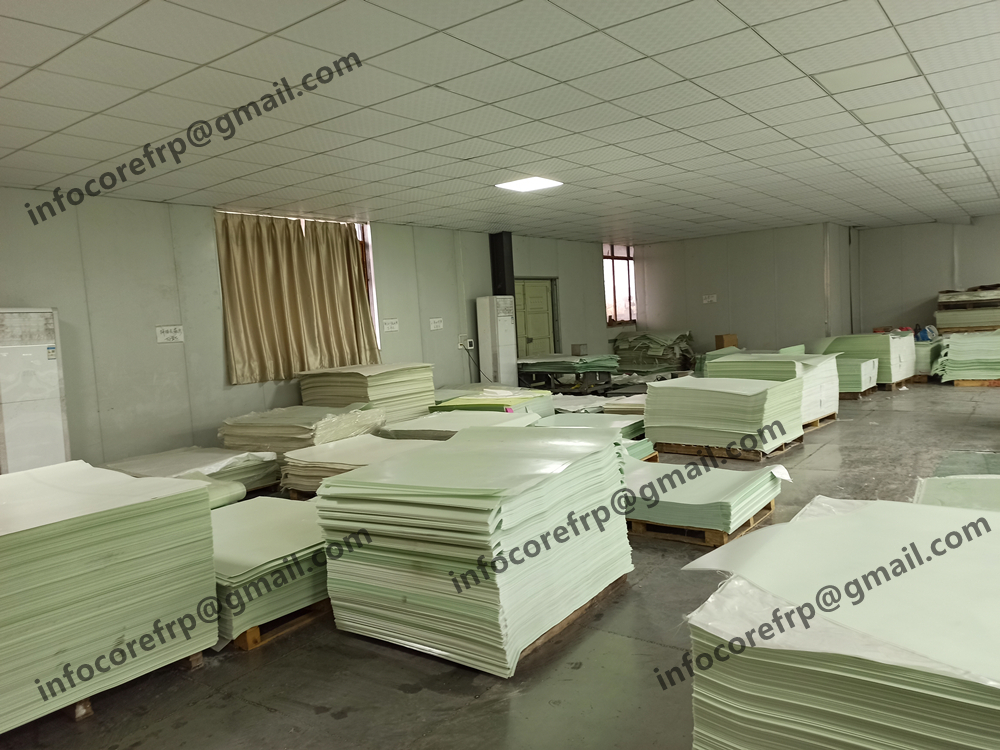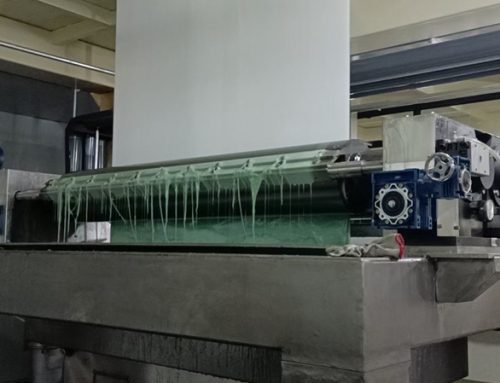When factories produce insulating boards and copper clad laminates, various production abnormalities are often found. These conditions will affect the progress of production and the yield of products. The most common problem is the warping of FR4 sheet and copper clad laminates produced.
Sheet warping is the most common production quality problem, and it is also a problem that many manufacturers cannot fundamentally solve.
As a factory specializing in production and research and development, we often encounter warping of the produced plates. For this reason, our engineers have given the following solutions based on past processing experience.
- Start with resin formulation
The use of resins and curing agents with relatively long molecular chains and good flexibility is an important means to overcome the warping of the substrate. Modified phenolic resin can be considered for the board, which can effectively solve the warping problem of FR4 sheet and copper clad laminate during production
- Carefully choose a good substrate
In the production practice of FR4 sheet and copper clad laminates sheet, we found that the same glue, the same production conditions, use prepregs produced in different production periods to produce panels, some of which will change from positive warping to reverse warping. According to this phenomenon, in the production process of the board, we deliberately mixed the prepregs with different warping and stacked materials separately, and found that we can produce finished board products with good flatness.
- Do not mix purchase raw materials
Fiberglass cloth dominates the supporting structure in the board. The warping of prepregs and boards made by different manufacturers of fiberglass cloth are obviously different. Each factory should pay attention to the raw material procurement.
- Strictly control the technical parameters of each production link
In the plate production process, strictly control the technical parameters of each production link to ensure the consistency of the resin content, fluidity, and gelation time of the prepreg. This is a necessary measure to improve the flatness of the plate. Among them, the determination of the technical indicators of fluidity and gelation time is a very technical problem. It is necessary to accumulate data through a large number of production practices to find a better control indicator and production process conditions.
It is recommended to use a flow pressure meter to measure the technical parameters of the prepreg. Its control accuracy is high, and it can be used for dynamic simulation of the lamination process test, which has many advantages.
- Tension control
When gluing the substrate, the tension of the gluing machine should be small but not high. The warp and weft of the stacked material should not be crossed, and fabrics of different manufacturers should not be mixed, and fabrics of different specifications should not be mixed. It is best not to mix prepregs produced by different gluing machines and different manufacturers (because of their tension differences).
- Temperature control
When the product is hot-pressed, it is best to use heat-conducting oil for heating, and the temperature difference across the hot plate is smaller than that of steam heating. The heating rate should be moderate, not too slow or too fast. Pay attention to the fluidity and gelation time of the prepreg, and adjust appropriately according to the type and thickness of the laminated product to minimize the amount of glue flowing.
If the piping arrangement of the hot plate and the location of the heat source inlet and outlet are unreasonable, it will also cause uneven temperature distribution of the hot plate and increase product warping. At this time, the hot plate should be modified.
- Reasonable design of laminated menu
Reasonably designing the preheating temperature and the rate of heating and pressure rise during the lamination process are the key points for pressing the board and reducing warping.
The amount and softness of the backing paper are also very important, so it must be used flexibly.
The thickness and hardness of the stainless steel plate also have a certain influence on the warping of the substrate. If possible, use a thicker and harder stainless steel plate as much as possible.
- Slow cooling rate
In the hot press forming of plates, careful observation will find that the warping of the outer plate of each plate is greater than that of the inner plate, which is related to the fact that the cooling rate of the outer plate is greater than that of the inner plate. After the end of the hot-pressing insulation and solidification stage, some panel manufacturers adopt a staged cooling and cooling production process, that is, first use warm water or warm oil (for heat transfer oil heating system) to cool, so that the first stage of the product is cooled more slowly, and then use cold water or cold The oil cools down, which works well.
- Reduce molding pressure
Try to use a vacuum press for hot pressing. The higher the vacuum, the lower the pressure can make the product reach a higher density because the low molecular weight is easier to discharge. The lower the pressure, the lower the internal stress of the product, so low-pressure molding is used. Conducive to reducing product warping.
Low pressure molding and reducing glue flow are one of the important means to improve the flatness of the copper clad laminate and reduce the white corners.
In addition, we have studied the use of vacuum chambers to press FR4 sheet and CCL products. Because the products are stressed in all directions, and are uniform and consistent, they can produce products with no white edges and high flatness. However, the process is still in the experimental stage and has not been applied to industrial production. At present, there is no manufacturer in the industry that applies vacuum pressing technology to industrial production.
- Packaging and storage
Pay attention to the packaging method when storing the board. CCL recommends moisture-proof sealed packaging, which is beneficial to reduce the warping of the substrate during storage. When storing FR4 sheet, it should be placed flat, not upright, not to put heavy objects upward. If stacked and stored, hardwood boards should be placed between the bags.
The above is the solution to the warping problem when our factory produces FR4 sheet and CCL board. If you also encounter warping during the production process, you can refer to the above solution to deal with it.
As a factory specialized in production, R&D and sales, we provide sales of various insulation boards and CCL sheets. If you encounter board warping or other problems during the production process, you can contact us. If you need to buy related products, you can also contact [email protected]. We provide DIY custom-made sheets and free sample services.


